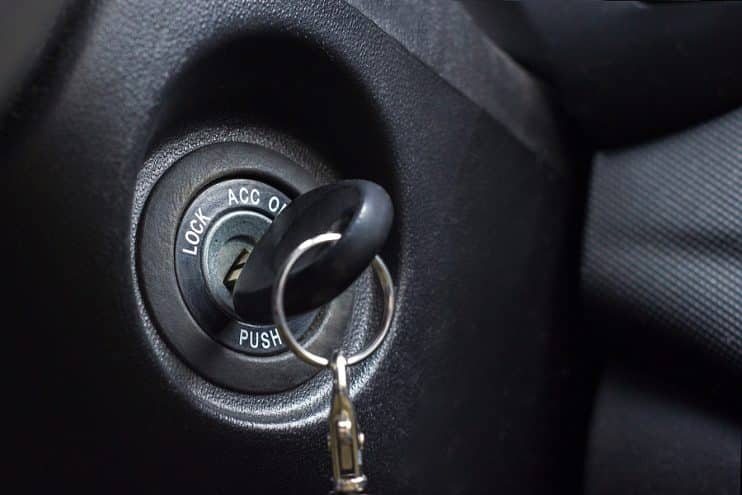
Your vehicle’s ignition switch, sometimes called the starter switch, is crucial for getting you on the road. You’re not going anywhere without it, as the ignition switch activates the main electrical systems and the starter motor. The switch takes power from your car’s battery to the ignition coil, and then the spark plugs cause the combustion that makes your engine run.
Continue reading
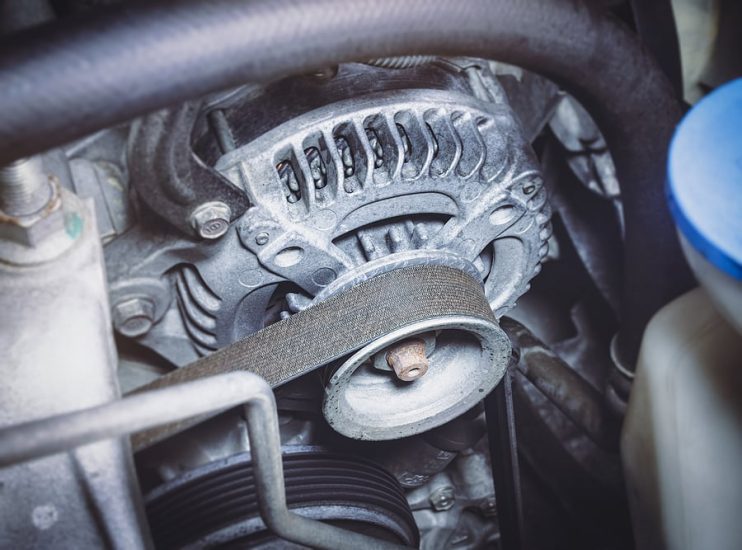
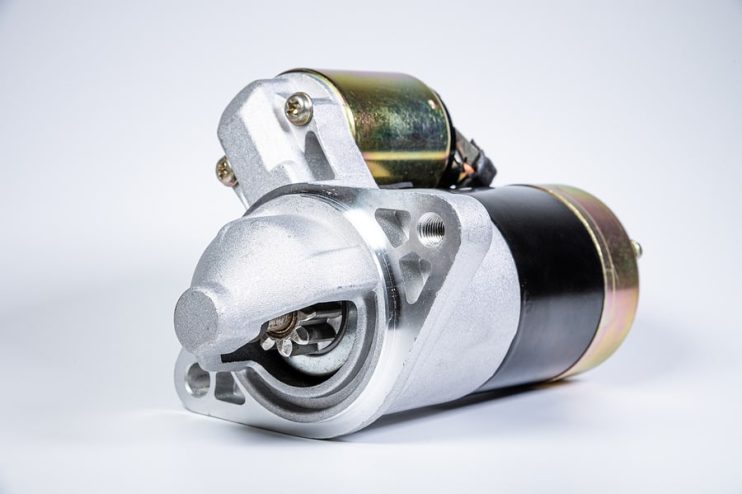
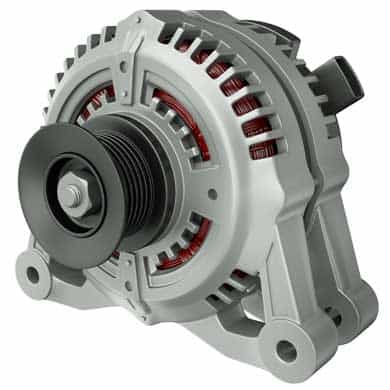
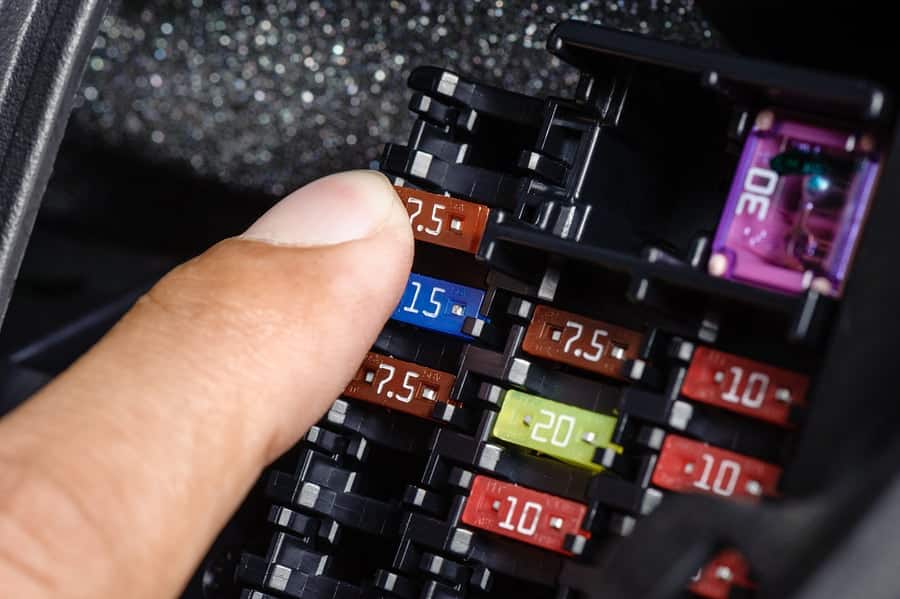
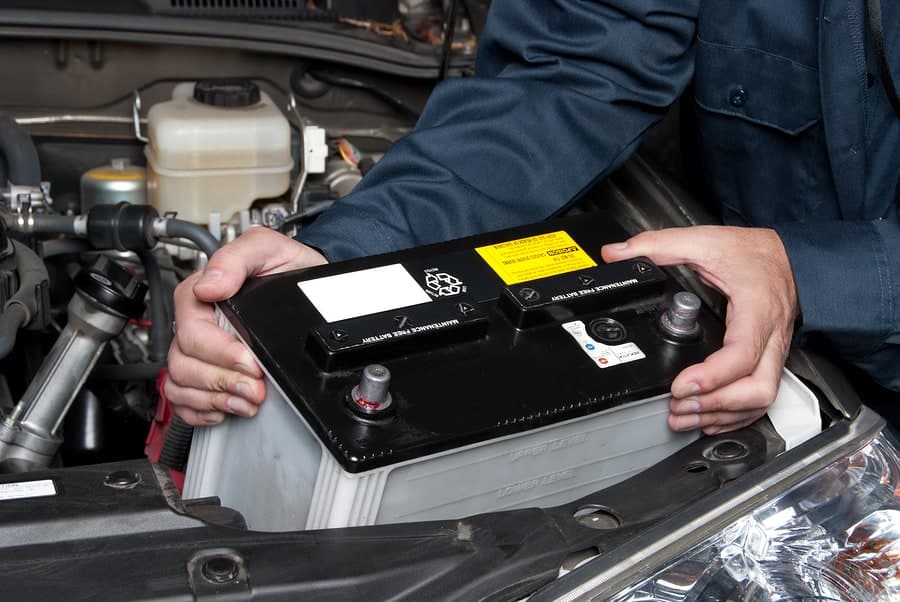
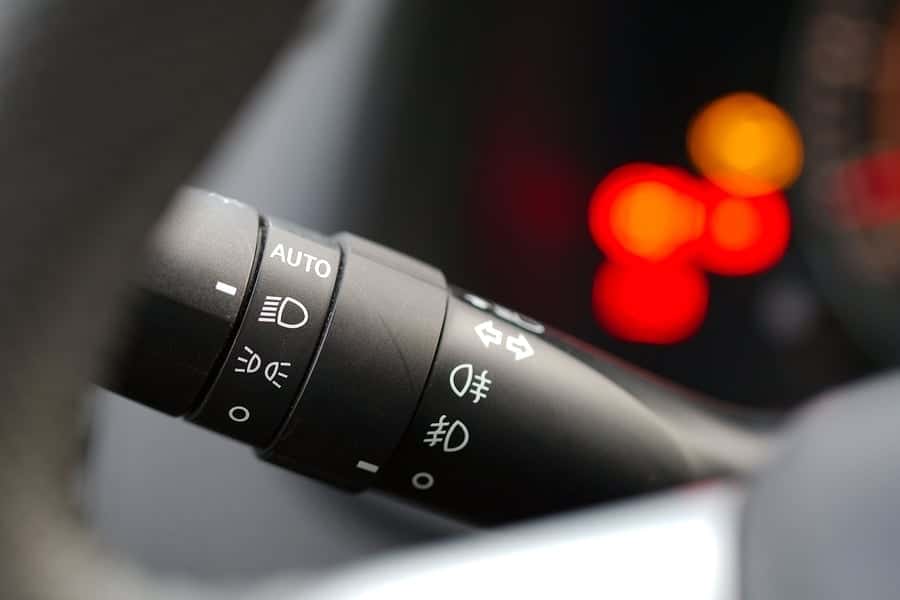
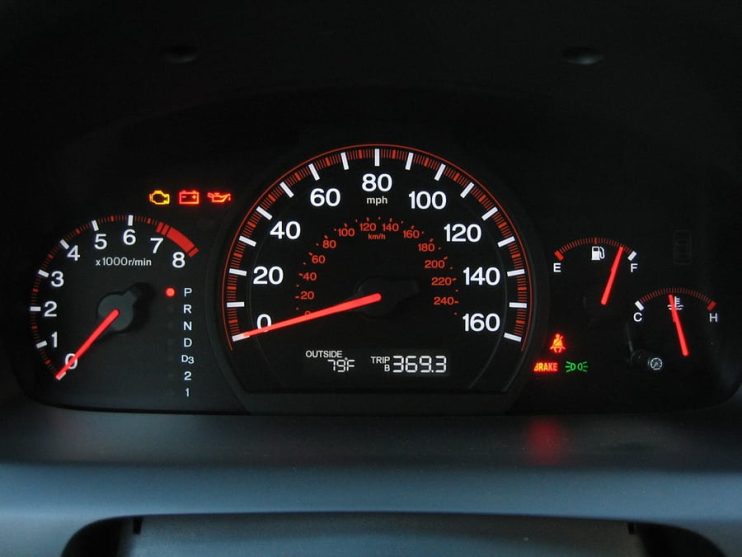
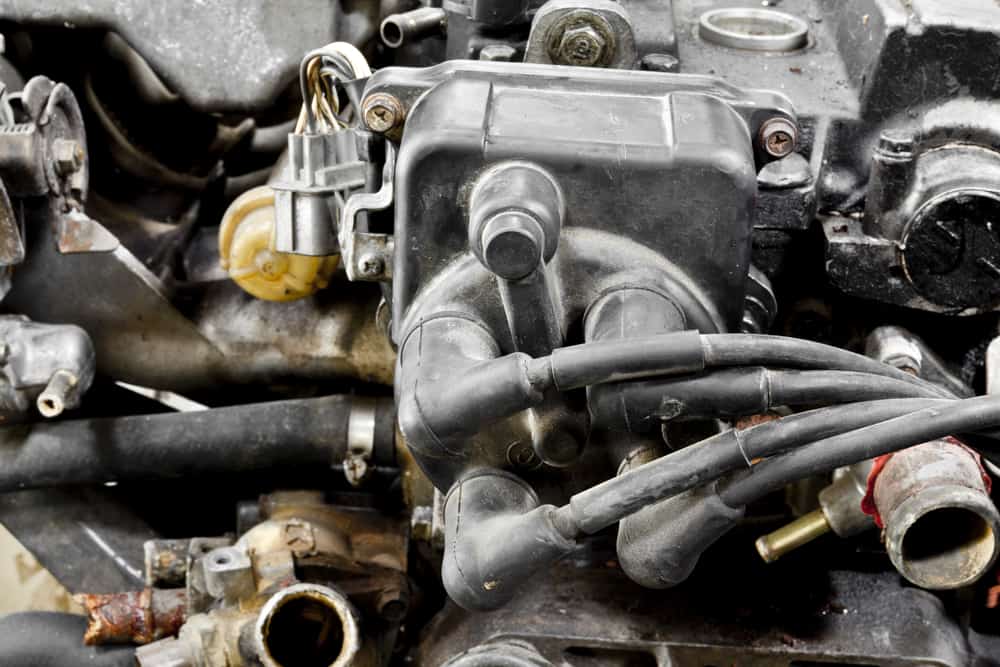
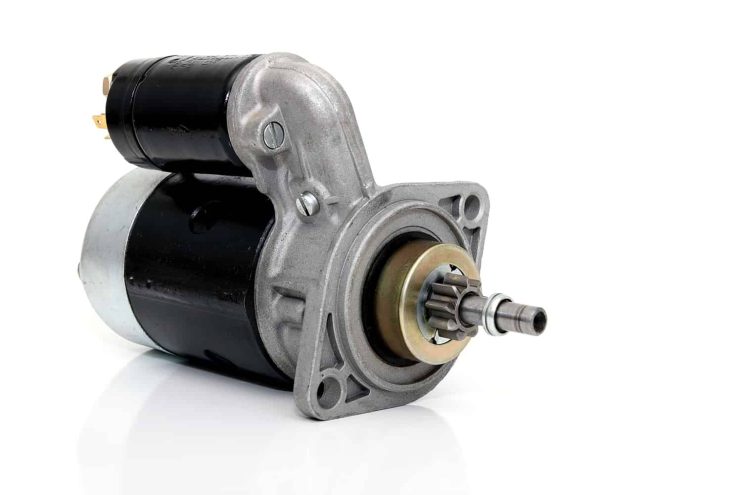
.png)